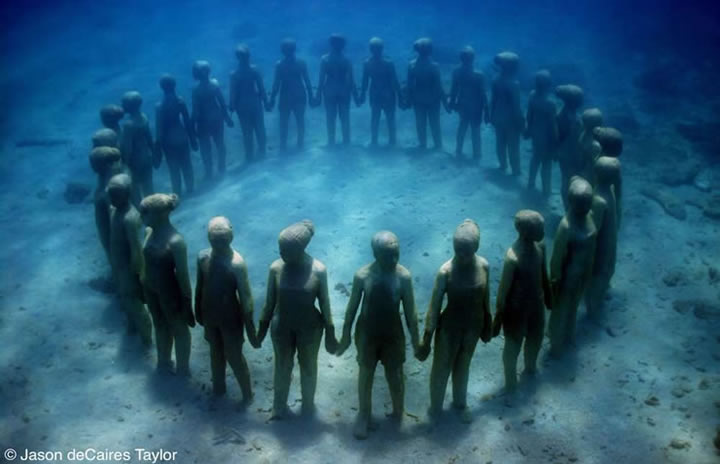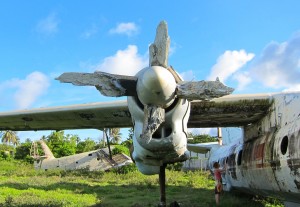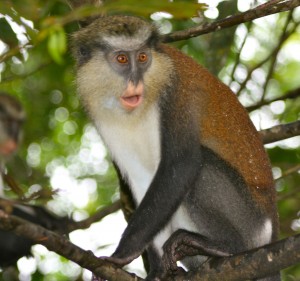
This piece originally appeared in the Toronto Star’s Insight section on November 3, 2012
By Stephen Wickens
Considering how well University of Toronto economist David Foot foresaw Toronto’s downtown boom 20 years ago, you might think condominium developers would regularly seek his views.
“No, it doesn’t happen often,” says Foot, co-author of Boom, Bust & Echo, a 1996 bestseller that argued demographics explains about two-thirds of everything. Even in retirement, Foot constantly flies about the country because various industries want insights into evolving trends.
But real estate developers? Not so much. “I’ve spoken at a few conferences and that has led to the odd email. There’s been some contact, but …”
That apparent lack of interest in demographics might be why it’s an industry that tends to repeatedly overbuild and miss clearly emerging trends at crucial points in its market cycles.
So what would Foot tell them after Thursday’s Urbanation report showing GTA condo sales are down 35 per cent from 2011?
Basically the same thing he’s been saying for years.
“What we’ve had over the past decade,” he says, “is the children of the boomers, the echo generation, leaving home, leaving the suburbs and doing what young people do, moving downtown. It’s the same reason college and university enrollments soared. This downtown boom was entirely predictable,” he adds, even if his 1996 book missed that it would come in the form of condos, not 1960s-style high-rise apartments.
Foot is not predicting a real estate crash, but he says developers have to make big adjustments in what they offer. He also says Toronto’s economic health is endangered if we don’t act fast on major transportation improvements.
He sees two crucial demographic keys to understanding where we’re headed, and again it’s boomers, who are nearing retirement, and the echo boom, babies born a 15-year period beginning in 1980.
“The echo birth rate peaked in 1991,” he says. “Add 20 to all that and 2000 is when the echo kids started leaving home, creating new households,” he says. But 2011 should be at or near the peak of the market – at least for small downtown condos. Things should keep dribbling along, but the drop-off in birth rate after 1991 was significant; the big growth is over,” he says, adding that immigration rates could skew things.
Foot sounds upbeat, sitting in beautiful natural light at the U of T’s Max Gluskin building. He sees opportunities for wise developers and the city. He thinks the urban renaissance will have staying power – if we finally get serious about transportation problems. He sees much of the urban renaissance morphing into suburban contexts (and by suburban, Foot includes much of the 416 area code).
“The children of boomers are starting families of their own, birth rates are rising again,” he says, adding that simultaneously, lots of boomers who raised families in places such as Etobicoke, Scarborough and North York are moving to the next phase of their lives.
“I sort of say, it’s downtown in your 20s, suburbs in your 30s and 40s, and peace and quiet country in your 50s and 60s.” He still holds the concept to be largely true, though he acknowledges many echo families will raise inner-city kids and lots of boomers will downsize to a condo in town because they want big-city convenience, vitality and culture.
“Milton and Markham will keep booming because lots of people still want a big backyard for raising kids. And lots of retiring boomers will do the traditional thing and move further out, to live next to a golf course or at their cottage or in smaller cities where their real estate dollars buy much more.”
He expects many young urbanites starting families to look at houses the boomers vacate, rather than buying new on the 905 fringes. He also sees rising demand in some 1920s suburbs, especially ones close to subway stations, becoming intense.
As for downsizing boomers: “Get real! They won’t be buying 800-square-foot condos, and developers had better figure this out. At the very least, they better start providing units with knockout walls so they can be joined. The boomers, the ones who want the city and its cultural amenities, they have money and they want room.”
Aside from competing with echo-generation parents who want those rare downtown condos big enough for raising kids, Foot sees demand for large units in new mid-rise buildings out of the core, along the avenues, above mall parking lots and in largely undeveloped areas around and above existing subway stations – just the stuff city planners would love to see.
“We’re totally wasting valuable air-space above subway stations and malls, but we shouldn’t fool ourselves on transit,” Foot says. “Lots of these boomers may love city living, but they also have Audis and they increasingly won’t want to deal with stairs at subway stations and overcrowded platforms and trains, let alone the serious overall inadequacies of our transit system.”
He has only one regret, looking back to Boom, Bust & Echo, which he co-wrote with Daniel Stoffman (and Foot gives much credit to Stoffman for the book’s success).
“If I were writing with the benefit of hindsight, I would have connected the lower interest rates and boomer retirement savings to increased demand for housing and increased house prices since the mid-1990s. But I think that’s the only thing.”



